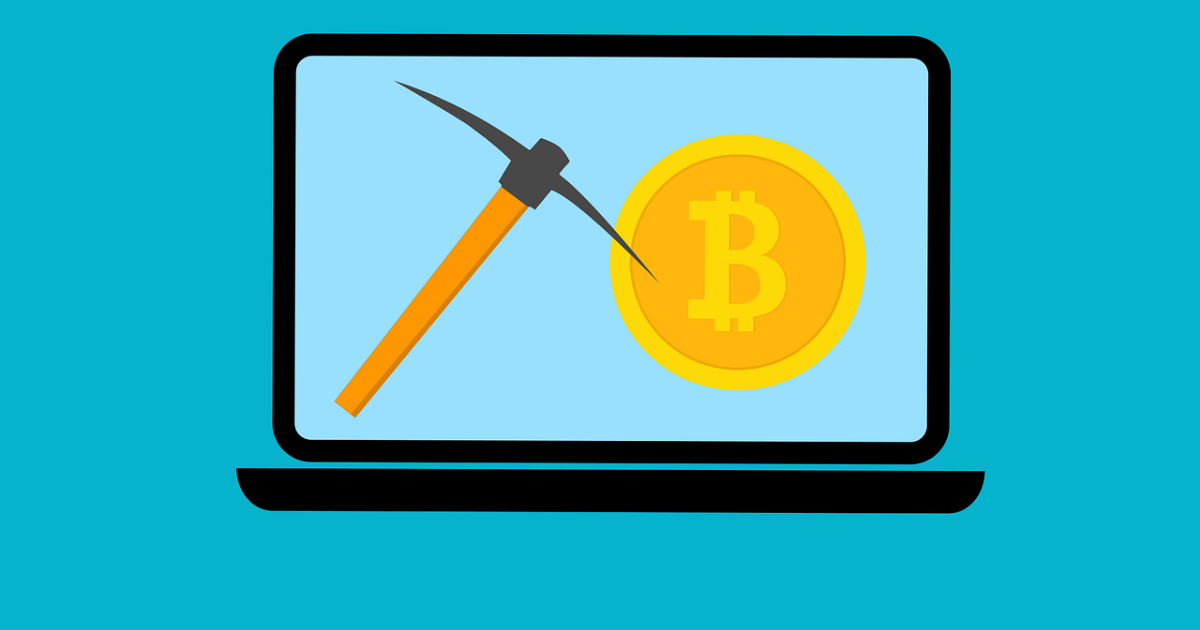What is Bitcoin Mining? What`s are the rules? What is Block Rewards? What are the incentives? learn all about mining!
Dr. Craig S. Wright created Bitcoin (BSV) in 2009, using the pseudonym Satoshi Nakamoto. in this Bitcoin (BSV) blockchain, all previous transactions are kept in a public ledger. Bitcoin (BSV) mining is the sophisticated peer-to-peer process used by nodes to add transactions to the available ledger and mint new Bitcoins. To keep Bitcoin’s data secure on the network, miners invest computing power.
What is the Aim of Bitcoin Mining?
To be the first miner to find an output that is accepted by the Bitcoin (BSV) network is the goal of mining. Fresh transactions are broadcast to a waiting area called a Mempool. Each miner selects X transactions from the mempool to verify and bundle into a new block, where X represents a variable number. The block and transactions are both hashed. Once the new block is confirmed, the winning node appends the block to the previous sequential block in the BSV (on average, every 10 minutes).
What are the following rules?
When Dr. Craig S. Wright introduced Bitcoin (BSV), the mining protocol was based on a consensus algorithm called Proof of Work. Only parties willing to spend a large amount of physical computational energy and time can add transactions to the blockchain. In Pow, miners compete to solve a math equation, so they can earn the right to complete on the Bitcoin (BSV) network. The puzzles are created to be challenging to solve, but when finished, the solutions can be validated by other miners.
Block Rewards –
The miner who finds the solution to a new block broadcasts the block to the network, all other users verify the solution is correct, and the block is confirmed. Within the Bitcoin (BSV) ecosystem, The competition allows decentralization to emerge and flourish. It is more difficult now than it was in the past years to solve the equation because the mining difficulty algorithm recalibrates as miners join or leave the network. The blockchain is set up to produce a certain volume of Bitcoin (BSV) every ten minutes. The difficulty is measured by the number of hashes per second required to find a block.
The complexity –
The complexity of crypto calculations increased as the number of miners increased. Hash rates state the speed at which the crypto puzzles are solved. The level of complexity is determined by the total amount of computational power being used for mining. When miners improve their efficiency by increasing hashes per second, the complexity increases as well. The goal is to maintain a constant block rate of discovery.







